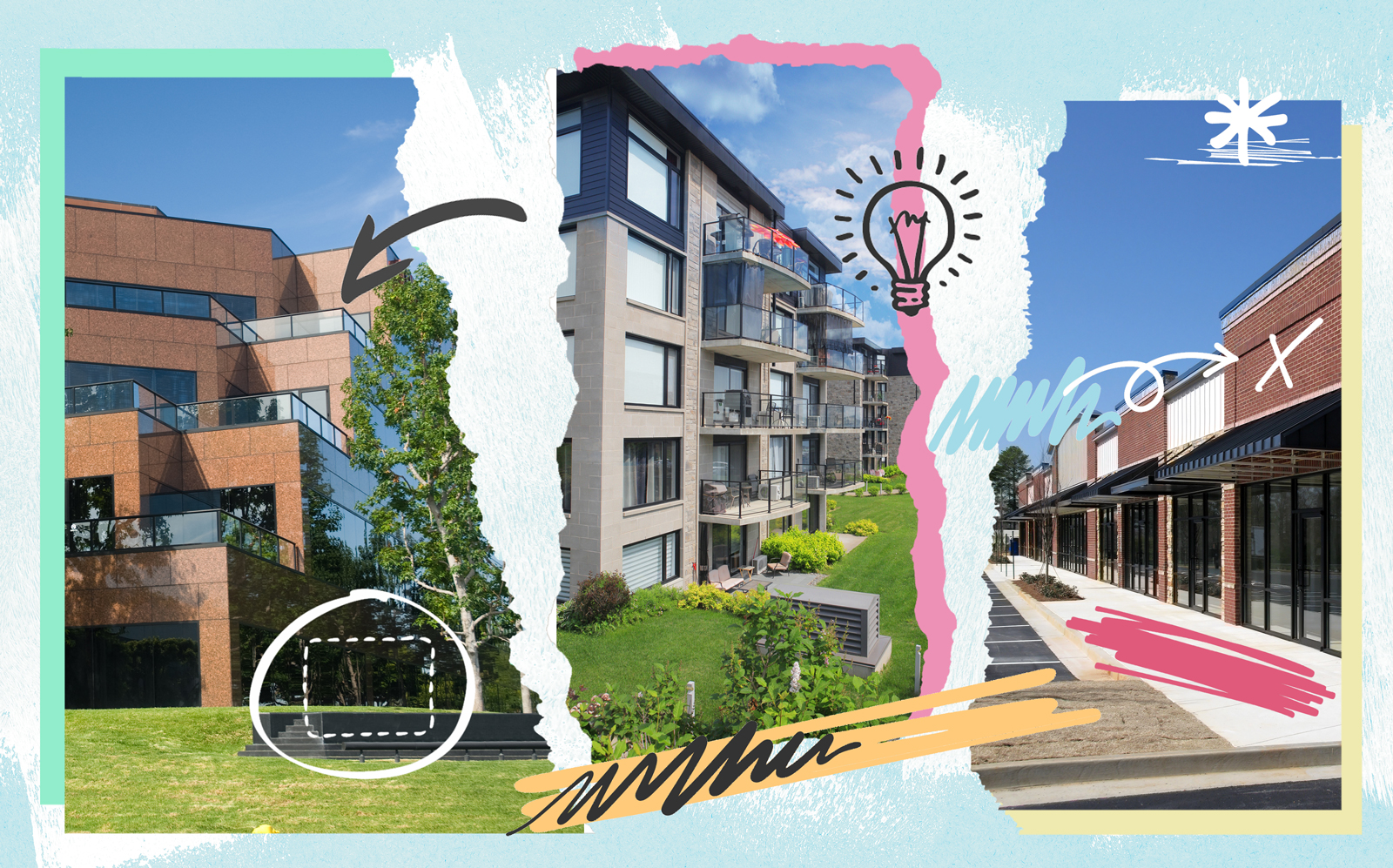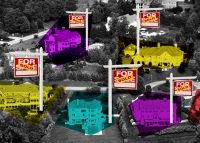 Now Microsoft is joining work from home forever club
Now Microsoft is joining work from home forever club
Trending
Long Island plots to keep its pandemic gains from NYC
Repurposing office parks, malls seen as key to retaining new interest in suburbs

Long Island is aiming to keep the business it grabbed from New York City during the pandemic, and now it has marching orders.
Those include: more live-work housing, new uses for fading malls and corporate campuses, pop-up retail for downtown vacancies and outdoor enhancements.
The Long Island Regional Planning Council, a regional planning organization representing Nassau and Suffolk counties, commissioned two studies to set its priorities for the area’s economic development.
Among the findings were a need for housing with multi-generational living and slightly larger than multi-family rentals, spurred by foreclosures on the horizon and a reduced need for studio and one-bedroom apartments. Additionally, the studies called for Long Island to rezone to better accommodate work-from-home and extended families.
Read more
 Now Microsoft is joining work from home forever club
Now Microsoft is joining work from home forever club
 Fewer than half of holiday shoppers will hit the mall this year
Fewer than half of holiday shoppers will hit the mall this year
 Home sales kept rising in Westchester, Putnam, and Dutchess counties in Q3
Home sales kept rising in Westchester, Putnam, and Dutchess counties in Q3
“There is significant synergy between the two studies as the long-term impact of Covid-19 can dramatically transform land use, such as a growing demand for suburban communities with thriving downtowns as people move away from dense urban housing,” said John Cameron, the planning council’s chairman, in a statement.
The studies also found that Long Island should reimagine uses for obsolescent malls and shopping centers, such as using the space for fulfillment centers — think Amazon warehouses — or housing. Uncertainty in spending, bankruptcies and the possibility that 50 percent of mom-and-pop shops might not survive the pandemic are all reasons to be hesitant of retail, according to the studies.
Office parks need repurposing as “many office building sites in suburban areas will languish unoccupied until a market-receptive use materializes,” one study reads.
Instead, the area will shift towards industrial spaces, pop-up retailers and mixed-use developments in the next 36 months and beyond.
“The findings of the two studies announced today prove that across Nassau and Suffolk counties we must address the challenges — and embrace the opportunities — to ensure we have a thriving economy on Long Island as we move past the pandemic,” the council’s executive director, Richard Guardino, said in a statement.
Restrictions facing New York have, for months, given Long Island an advantage over the city, resulting in renters rushing to the area. The area reopened for indoor dining in June, capturing customers, while New York restaurants had to wait until the end of September. Covid-10 surged again this month in a number of Brooklyn neighborhoods, sending them back into lockdown.
But for many years before Covid, Long Island business leaders warned that its suburban areas were struggling to hang on to twentysomethings and needed to adapt as New York City gained nearly 1 million jobs. Malls and “corporate parks” fell out of favor, while walkable neighborhoods and commercial districts became all the rage.
The business communities of Nassau and Suffolk Counties, not content to see Long Island become a giant bedroom community, have been pushing for redevelopment of its downtowns and transit-oriented development around its Long Island Rail Road stations.
Some of that has happened, but the island is still dotted with aging legacy assets, such as tired shopping centers surrounded by acres of asphalt. Covid, the studies found, has provided an opportunity as more living space and outdoor activity became a priority for many New Yorkers.




